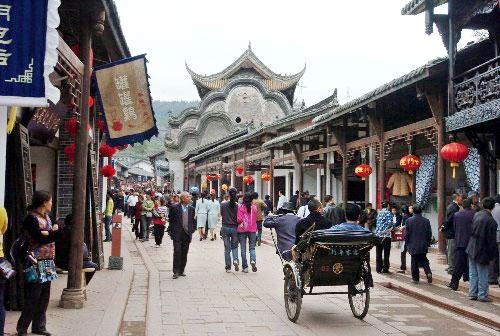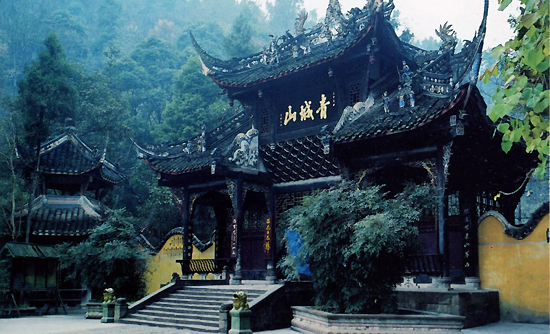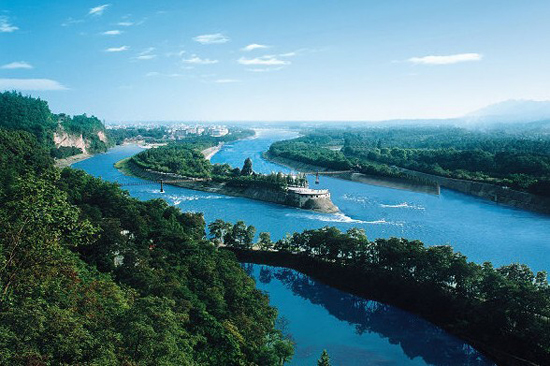As the fifth Disneyland Park built in the mode of Disneyland and the eleventh theme park of Disneyland in the world, Hong Kong Disneyland Park is the first one take California Disney (including the Sleeping Princess Castle) as the base. On entering the park, you will be captured by the feeling of being in another world with countless excitement and adventures.
There are four theme areas in the Hong Kong Disneyland Park, namely, the Main Street, U.S.A, Adventure World, Fantastic World and Tomorrow World; all of them may bring you numerous fun and wonderful experience. On the Main Street, U.S.A, you can enjoy the typical old architectures from America, all kinds of classic antique cars as well as taste the delicious food from both western and eastern countries; in the Adventure World, along several broad rivers and through the African extensive grassland, in the mysterious Asian forest and at the Taishan Island (don't miss for Hong Kong tours), a brave pilot will lead you to explore the wonders and secret remote scenes of the great nature; the Fantastic World is a fairy-tale world full of happiness in your dream, and in it there are beautiful and kind-hearted Snow White, pure and lively little frying elephants, cute and naive little Winnie Bears, all characters in tales bringing you happiness and fancy; in the Tomorrow World, you can experience the thrilling trip in the outer space and explore the endless universes.

What's more, there are Hong Kong Disneyland Park Hotel and Disneyland Hollywood Hotel where you can enjoy to the most the fairy-tale world and movie world, surprised by Disney characters here and there.
Before entering the park, you can take some travel brochures like Park Guidance and Activity arrangements at the customer service center at the left side of the entrance, which may help you a lot to arrange your time and activities.
Your bags will be checked at the entrance and you are not allowed to take metal-caned food or alcoholic beverage into the Park. Baby-sit, wheel-chair and handcart are not allowed to take into the park, and if necessary, you can rent one in the fire-fighting office of Disneyland Park next to the Town Hall at Small Town Plaza.
Hong Kong dollar and Renminbi are accepted in the park, and if you need to change some money, you can do it at the customer service center. VISA, American Express Card, Master Card, JCB Card and Union Pay Card are also accepted in the park.
You'd better take sun umbrella, hat and sunglasses your skin against the sunshine since there few places for shade.
There are smoking area and non-smoking area in the park, you should pay attention to it or the fine may be as high as HK$5000.
More: Hong Kong travel guide and last minute China travel deals






